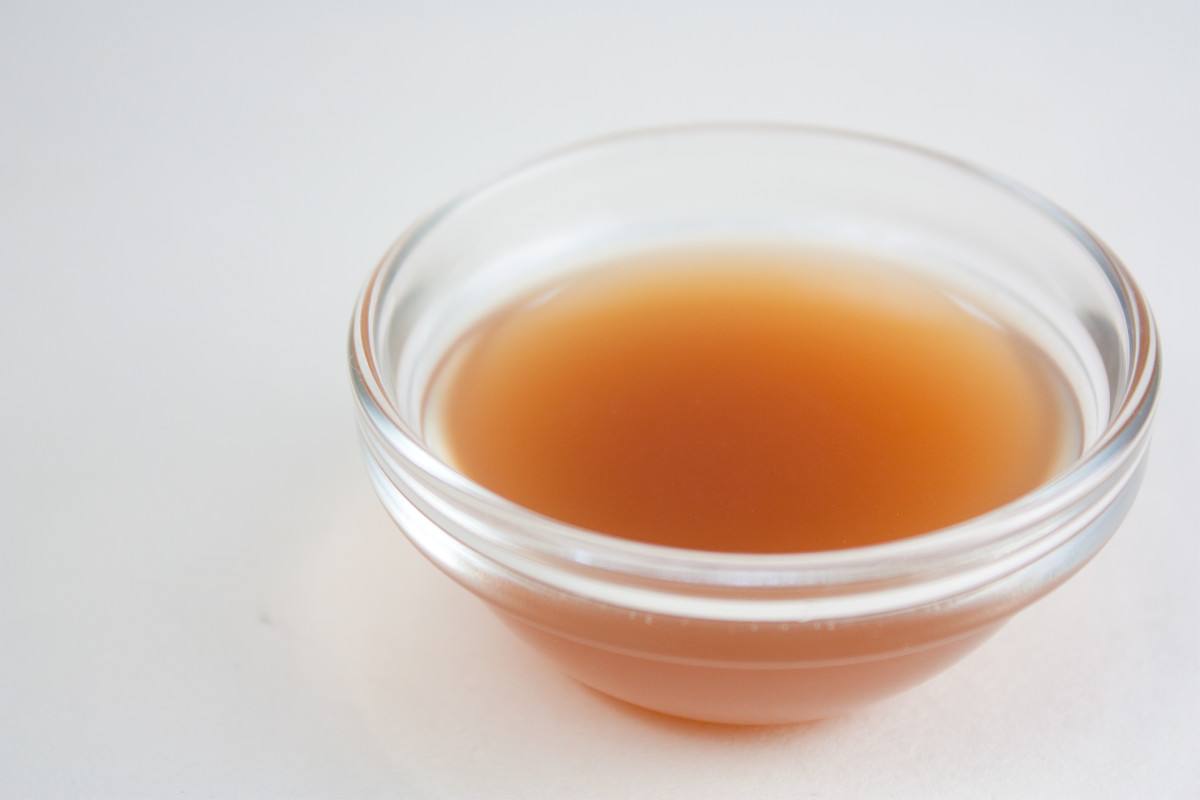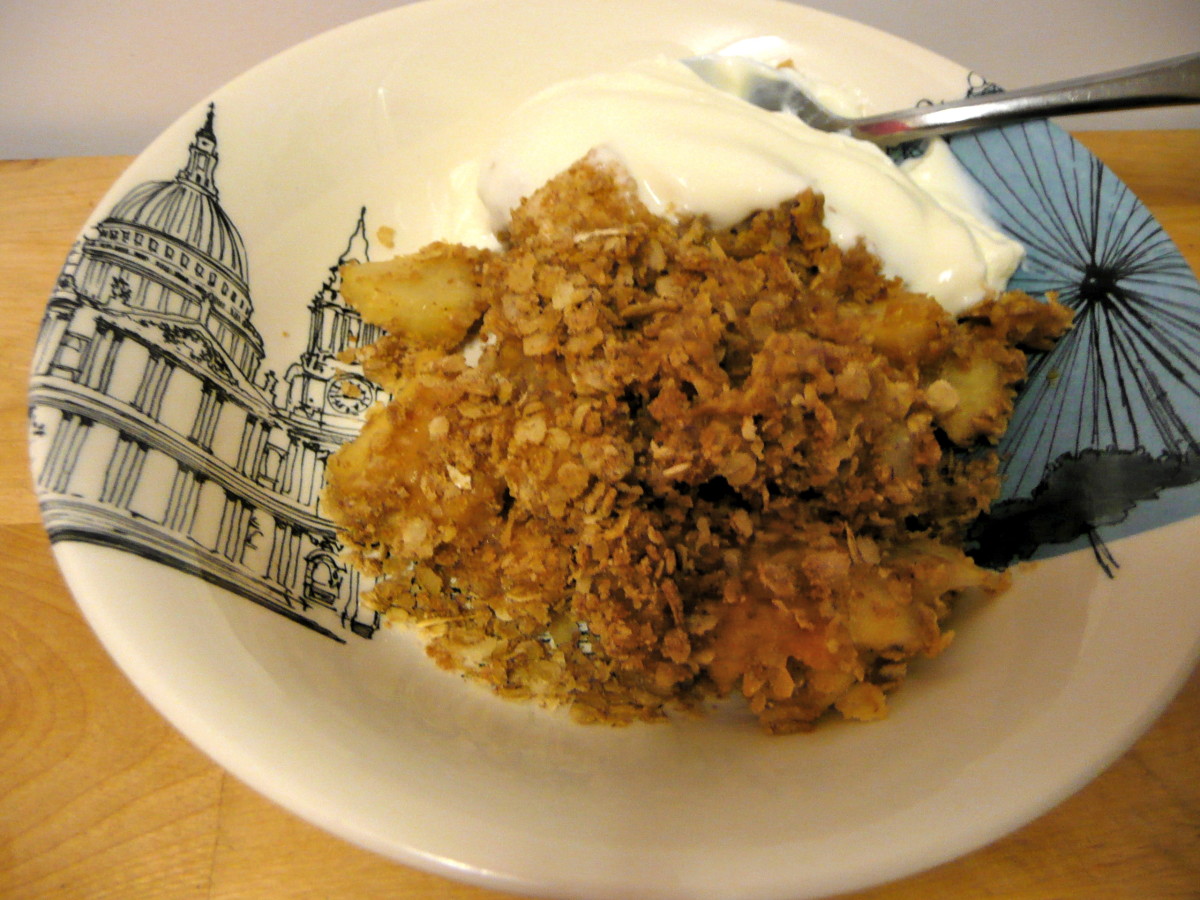Absinthe: The Truth Behind the Myth

What is Absinthe?
Before we can understand if absinthe is all its cracked up to be, we must understand what it is at its core. Absinthe is a strong liquor (composed of up to 85% ethanol) that was created using a number of herbs, the most abundant of which was wormwood and Roman wormwood. The chlorophyll in the herbs used turned the drink its characteristic green as well as its almost impalpably bitter taste which generally had to be diluted with water and sugar (making it turn into an opaque white.)
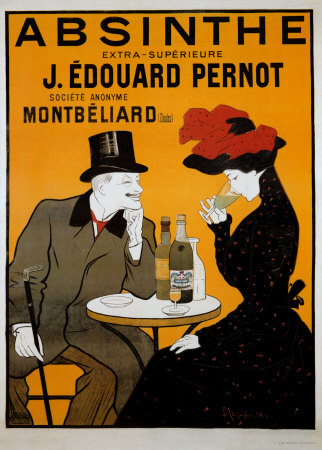
The Origins and Mythology of Absinthe
The origins of absinthe are up to much debate. Although it was most popular toward the end of the 1800's (and in some places into the 1900s) its invention came much sooner. There are some debatable reports that Absinthe in its modern form may have appeared in the Neuchatel region earlier than the 1750's. However the main ingredients of absinthe, wormwood and ethanol, have been known to mankind for thousands of years so it wouldn't be too far of a stretch to assume the drink may have been invented, lost, and reinvented many times.
The word absinthe is French in origin where it was most popular in the 1800's. It was served in cafes and was priced anywhere from 3-10 cents depending on the clientele. There is some evidence that the customers of the drink got what they paid for as some distilleries were known to skip the second distillation process or dye the drink green with copper or other additives when the regular processes failed.
Still the drink became much in vogue to writers and artists at the time who testified the drink caused either a mental clarity or more expected effects like euphoria, hallucinations, or numbness to pain. Today there is some controversy over whether or not the drink was actually capable of producing these effects or whether or not the testimony of patrons was propaganda or social conditioning (placebo effect.)
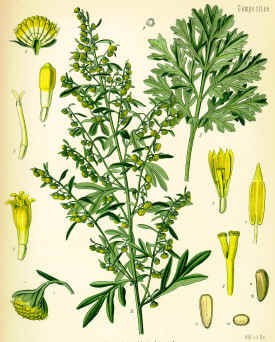
Ingrediants and their Effects
The most abundant chemical found in absinthe is the Ethanol (60-85%) which packs quite the punch. This could go towards explaining the pain killing and euphoric symptoms as well as some of the psychoactive side effects.
Two different kinds of wormwood were commonly used in the making of the drink. Wormwood was probably originally used to rid people of parasitic infestations (including but not limited to worms.) This makes sense as wormwood is actually a form of poison. People ingested the roots of the plant would be eating just enough poison to be killing bugs without killing themselves. In larger quantities it is theorized that thujone (or some other chemical component of wormwood) could be responsible for some of the side effects of absinthe. Research however is sparing and has no conclusive answer. It is hypothesized that chronic absinthe drinking did indeed cause "absinthism" - a syndrome of epileptic attacks, delirium, hallucinations, and addiction. It is known that thurjone fed to mice does accumulate in the body and cause these very same symptoms. This is one of the hypothesized causes of Van Gogh (and others) strange mental and physical ailments and artistic creations.
Other ingredients in Absinthe (particularly calamus and nutmeg) could also cause hallucinations in strong enough dosages but there is even more controversy that any of them could be found in strong enough concentrations.
Legality and State of Absinthe Today
Absinthe was made illegal in the US in 1912 and was banned in many other countries, including France, around the same time. However it has been making a comeback in countries like Spain and France (which legalized it again.) However there is much debate over the state of the drink. Most claim that due to safety laws the drink is not currently as potent as its predecessors. Research on the compounds within it is still lacking and the answers so many pursue may never be found.
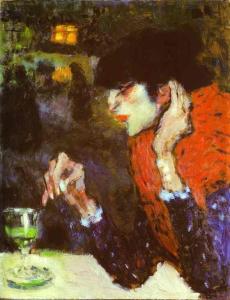
In Conclusion
Due to the unknown nature of manufacturing processes at the time we may never know if absinthe was as strong as people claimed. The effects testified upon may have been reactions to various contaminants like the copper sulfate, cupric acetate indigo, turmeric, and aniline green used to make cheaper or botched batches of the drink green. Another unknown is the amount of congeners (contaminants normally found in alcohol) absinthe contained and what their effects may have been. Yet another unknown is whether or not any of the ingredients need to be ingested together to cause various effects as no tandem research has been done whatsoever. All and all it's a sticky story and unless one could construct a time machine and try it out for themselves the controversy surrounding this green liquor will likely continue.
If you enjoyed reading this you may like these other articles by Theophanes:
The Wild and Crazy History of Condoms
Were Bigots the Driving Force Behind "The War on Drugs?"
The History of Nearly 250 Years of School Shootings in America
Benjamin Franklin - Founding Father & Serial Killer?
Feral Children - Raised by Animals and Wilderness
The History of Modern Marriage
The Most Unethical Science Experiments Conducted on the Unwitting and Vulnerable

More from this Author:
Blogs:
Catching Marbles - A New England based travel blog
Tales from the Birdello - For all homesteading and farming matters
Deranged Thoughts from a Cluttered Mind - For funny personal anecdotes
FaceBook:



